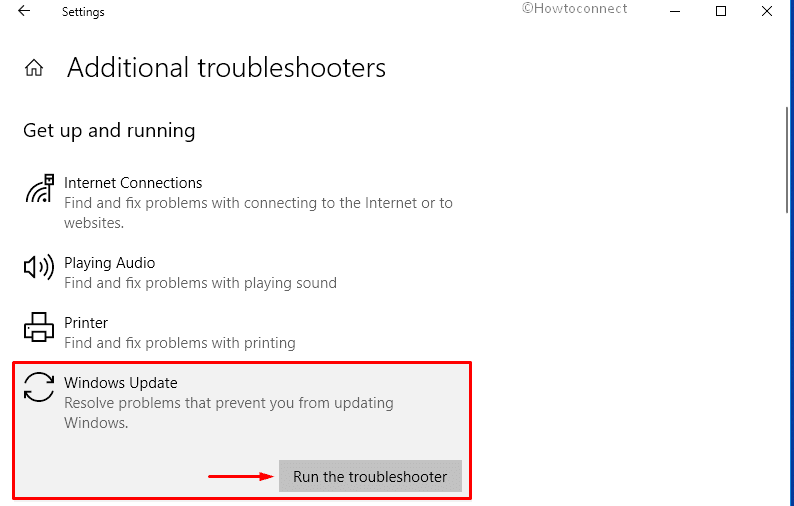

Identify similar equipment to which you can compare the malfunctioning equipment.Review any material history that exists for the equipment.Are there any previous lessons learned?.How exactly is the equipment supposed to operate?.What technical documentation about the equipment is available?.Gathering information is a logical first step in any troubleshooting endeavor. Identify which parameters need to be evaluated.Use this seven-step process when presented with a complex problem: This article presents an overview of a simple, but effective, method of investigating an electrical problem. Having an effective troubleshooting plan and following it can help obtain this feeling of satisfaction. Successfully troubleshooting a complex piece of equipment gives a technician a tremendous sense of satisfaction. One of the most rewarding aspects of working as an electrician is taking such compelling evidence as “appears to be developing a problem,” determining what is actually going on, and making a sound decision on the correct course of action. A cooling fan has developed an audible “beat” sound during operation. A controller does not sound the way it used to. Operators are complaining that a large compressor on several occasions has failed to start.

Failure of this pump will result in the loss of a generator currently producing half of the station’s power output. A boiler feed pump being powered by two 3500 hp induction motors appears to be developing a problem.


 0 kommentar(er)
0 kommentar(er)
